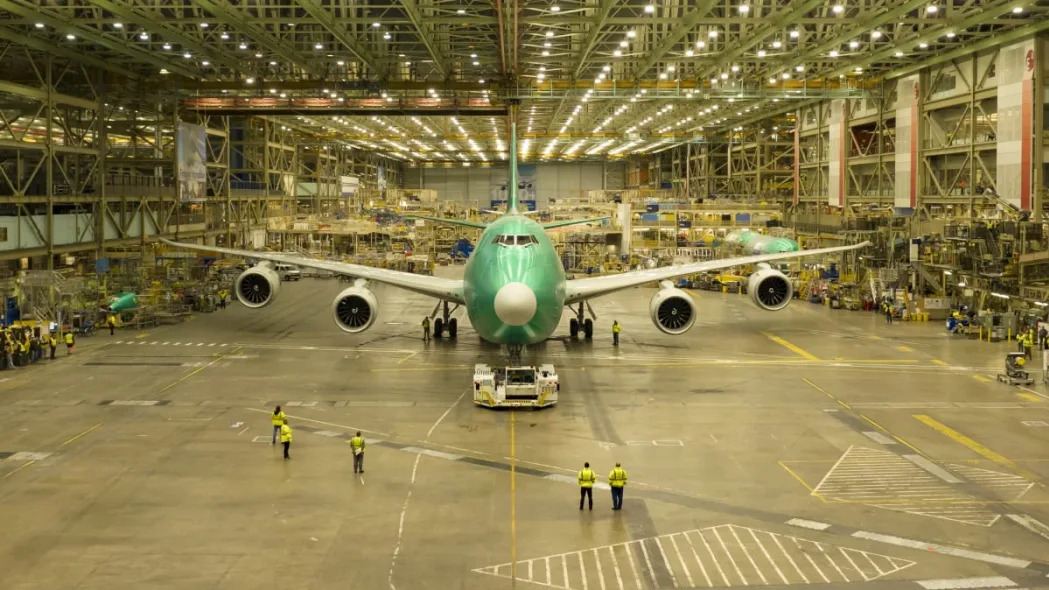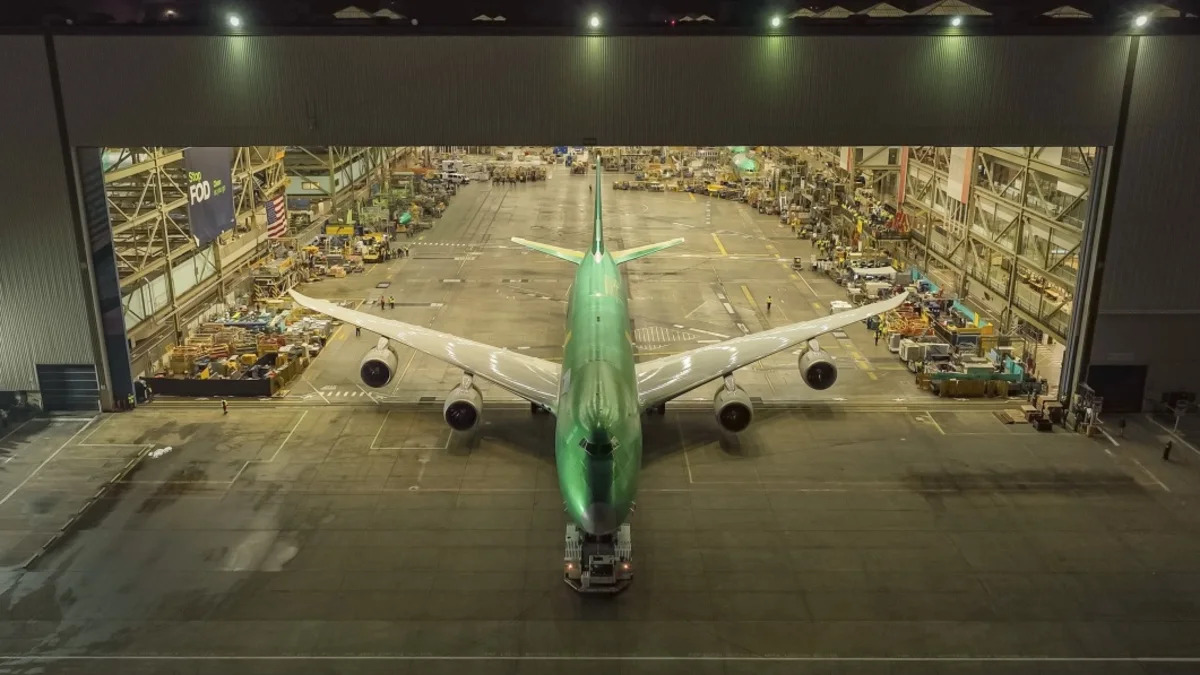Boeing has closed a significant chapter in aviation history. The firm announced that it built the final 747 in its Everett, Washington, facility.
Production of the 747 started in 1967, and the two-story plane had a major impact on air travel. It stood out as the first twin-aisle aircraft, and it was much bigger than most of the other planes you'd spot on a runway in the late 1960s. In turn, this reduced traffic at airports around the world. The 747 can carry over 500 passengers in its biggest configuration compared to about 200 passengers for the older 707 model.
Many historians call the 747 the original jumbo jet, and demand for the big bird was clearly there. Pan Am had the honor of flying the first examples, and orders quickly poured in from government agencies and private airlines alike. Boeing ended up building 1,574 units of the plane. That's huge for such a huge plane. In comparison, Airbus delivered around 251 units of the A380 before throwing in the towel.

You'll have to find a way to ship yourself somewhere if you want to fly in the last 747, because it's a 747-8 Freighter configured to transport goods rather than passengers. Boeing notes that the plane stretches about 250 feet long and has a 133-ton payload. However, there are other ways to take a ride in a 747: Over 400 examples are still in active service as of October 2022, including 27 owned by Lufthansa.
In the automotive world, the final example of an emblematic model line often ends up in a museum — sometimes next to the first of its kind. It's a different story in the aviation world: A plane is far more expensive than car and much more difficult to tuck away in a warehouse and roll out for special occasions. New York-based Atlas Air will consequently take delivery of the last 747 in 2023 and immediately put it to work.


Sign in to post
Please sign in to leave a comment.
Continue